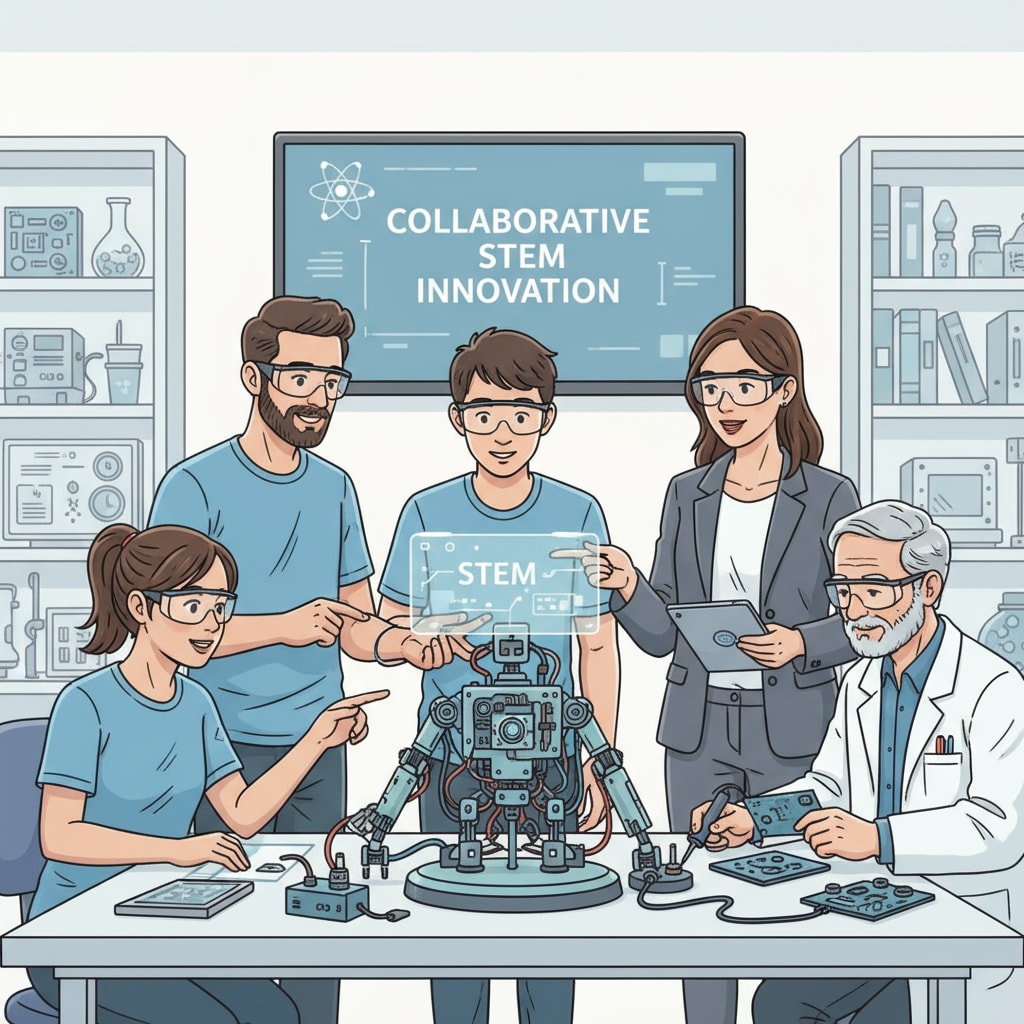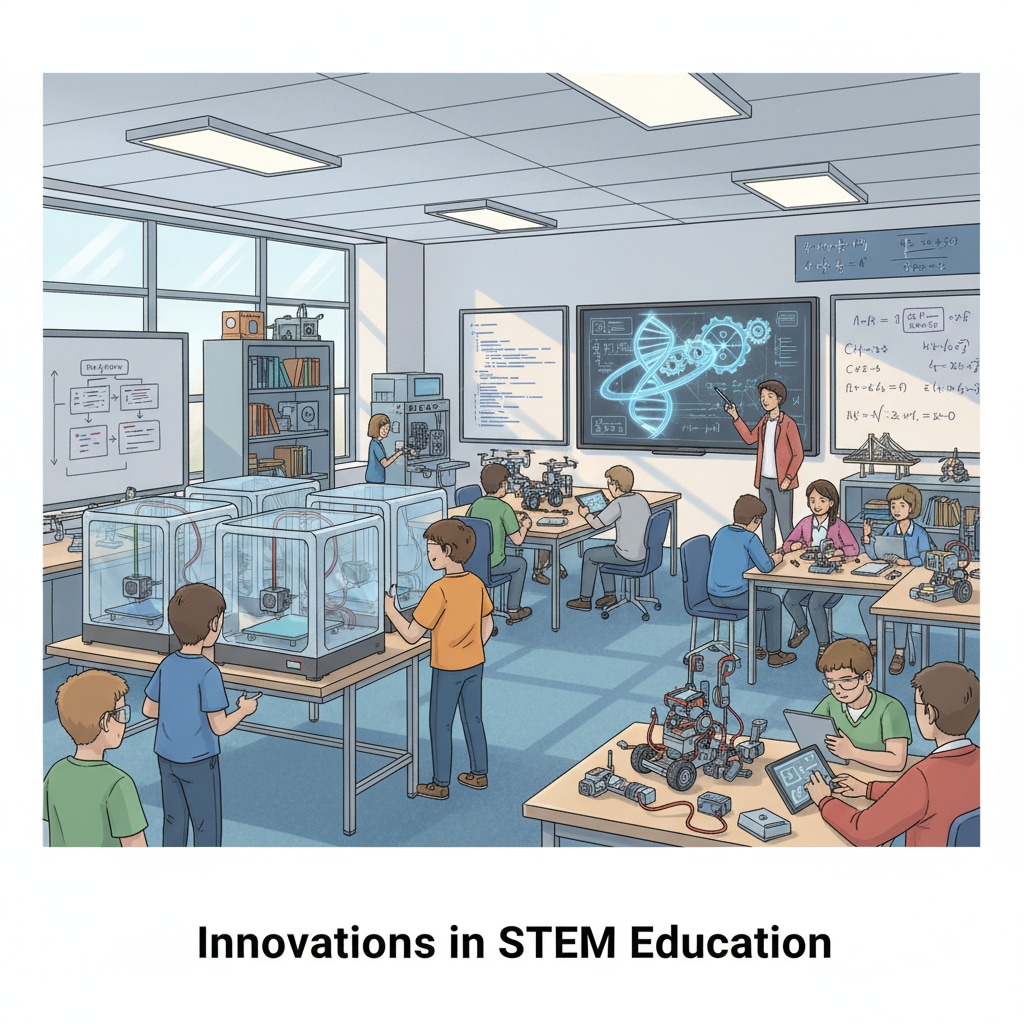STEM education, partnerships, and curriculum development play crucial roles in shaping the future of education. In today’s rapidly evolving world, the need for collaborative efforts among schools, organizations, and enterprises in STEM education has become more important than ever.

By working together, these entities can create a rich learning environment that nurtures the next generation of innovators.
The Significance of STEM Education Partnerships
Partnerships in STEM education bring together diverse resources and expertise. Schools provide the educational infrastructure and access to students. Organizations can offer specialized knowledge, research facilities, and mentorship programs. Enterprises, on the other hand, contribute real-world industry insights, internships, and funding. For example, a technology company partnering with a school can introduce students to the latest technological trends and provide hands-on experience. This collaboration enhances students’ understanding of STEM concepts and their practical applications. As a result, students are better prepared for future careers in STEM fields.

Keys to Successful STEM Education Partnerships
Clear communication is essential for any successful partnership. All parties involved need to clearly define their goals, roles, and responsibilities. This ensures that everyone is working towards a common objective. In addition, mutual respect and trust are crucial. Each partner brings unique value to the table, and recognizing and respecting these contributions is vital. Another key factor is flexibility. The educational landscape is constantly changing, and partnerships need to adapt to new challenges and opportunities. For instance, if a new technological advancement emerges, the partnership should be able to incorporate it into the curriculum.
Readability guidance: As we can see, these keys to successful partnerships lay a solid foundation for effective STEM education collaborations. By focusing on communication, respect, and flexibility, schools, organizations, and enterprises can create a win-win situation for all parties involved. We will now explore how these partnerships can drive curriculum development.
Curriculum Development in STEM Education Partnerships
Curriculum development is a central aspect of STEM education partnerships. Together, the partners can design curricula that are relevant, engaging, and challenging. They can incorporate real-world problems and projects into the curriculum to make it more practical. For example, a partnership between a biology organization and a school can develop a curriculum unit on environmental conservation. This unit can involve field trips, research projects, and guest lectures from experts in the field. Such hands-on learning experiences not only enhance students’ knowledge but also their skills in critical thinking, problem-solving, and teamwork.
STEM education on Wikipedia provides a wealth of information on different aspects of STEM education, which can be useful for curriculum development. Education on Britannica also offers valuable insights into educational theories and practices that can inform the design of STEM curricula.
In conclusion, STEM education partnerships are a powerful way to enhance the quality of education and prepare students for the future. By focusing on effective communication, mutual respect, and flexibility, and by actively engaging in curriculum development, schools, organizations, and enterprises can create a collaborative ecosystem that benefits everyone involved. This ecosystem will help in nurturing the next generation of innovative STEM leaders.


